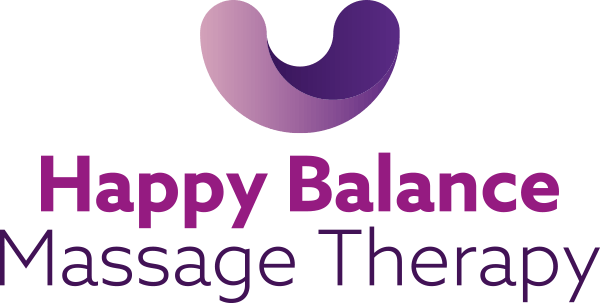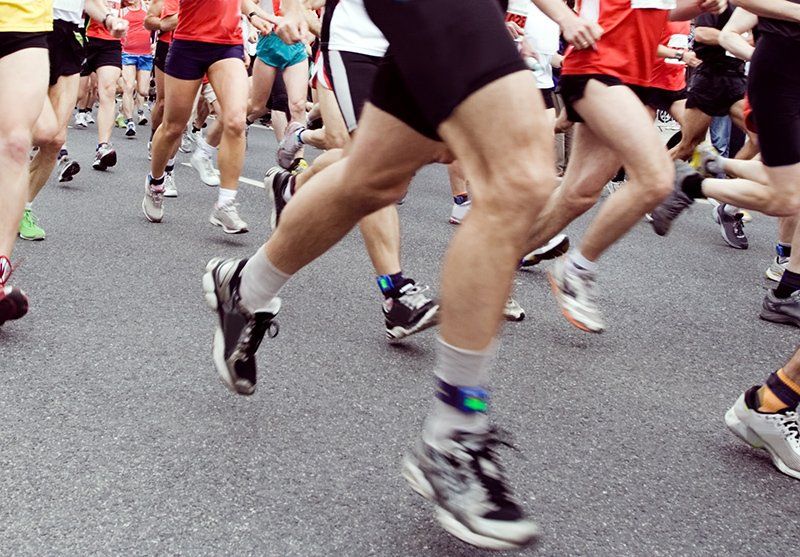How to reduce the risk of injury while training for the marathon - 5 top tips!
Follow these top tips while marathon training to reduce your risk of injury:
1. Never forget your warm up or cool down
The warm up and cool down are often a neglected part of our training, especially when time is limited, but it is an important part of injury prevention. A 10 minute warm up (fast walk or slow run) will slowly increase your heart rate, improve circulation and warm up your muscles so they are stretched and ready for the run ahead. The cool down is just as important as this will help remove waste products from your body, reduce muscle soreness and bring your heart rate and blood pressure back to resting levels. You should spend 10 minutes gradually reducing your speed from running to walking.
2. Increase your distance slowly
Your body needs time to adapt to the new distances that you’re running. Increase your training distances slowly and listen to what your body is telling you. If you do it too quickly you’re much more likely to suffer from training injuries such as runner’s knee, ITB pain syndrome or shin splints. Many running experts recommend the 10% rule, which states that you should only increase mileage in increments of 10% in a week. So if you are running 20 miles this week you should only run 22 next week. This rule is fine for a lot of runners, but of course everyone is different. Choose a training plan based on your background and fitness level. The key is to build up your mileage as your body feels able. By the end of your training schedule you should aim to match your event distance and pace and the gradient of the course that you’ll be running.
3. Cross-train
If your only exercise is running, you are more likely to get injured. Vary your training programme with sessions of plyometrics, strength training, yoga and low-impact cardio, such as swimming. If your whole body is fit and healthy, you’ll be much better equipped to handle the intense physical challenge that is marathon running. Pay particular attention to your core as core strength increases stabilisation of the torso, allowing the pelvis, hips, and lower back to work together more smoothly to expend less energy. Core strength also significantly improves balance.
4. Listen to your body
Most running injuries don’t come from out of the blue. They will usually start with aching or soreness first. If rest and cold therapy don’t help, seek advice from a physio who can assess and treat you accordingly. If you are training regularly, invest in a regular sports massage to help your body recover and improve performance. A good sports massage therapist will be able to tell you which of your muscles feel tight and work to reduce muscle knots, improve flexibility and increase range of motion, consequently reducing your risk of injury.
5. Sleep
Sleep is an important part of your training regime. Your body recovers while you are sleeping, therefore the more you run, the more you need to sleep! Not sleeping enough will increase your risk of injury, illness and overtraining syndrome. Aim to sleep an extra minute per night for every mile per week that you are running. For example, if you are running 30 miles a week, aim to sleep an extra 30 mins per night.
Good luck with your training! If you would like to book in for a sports massage to help you recover from your training schedule call 07753 181649 or email caroline@happybalancemassage.co.uk



